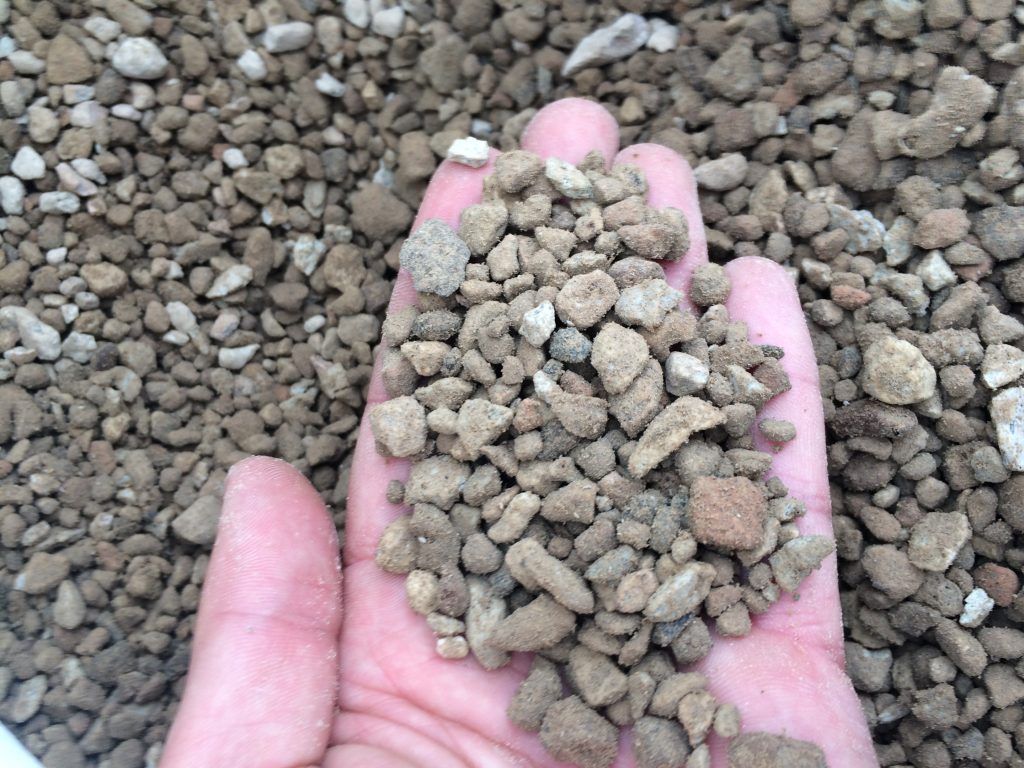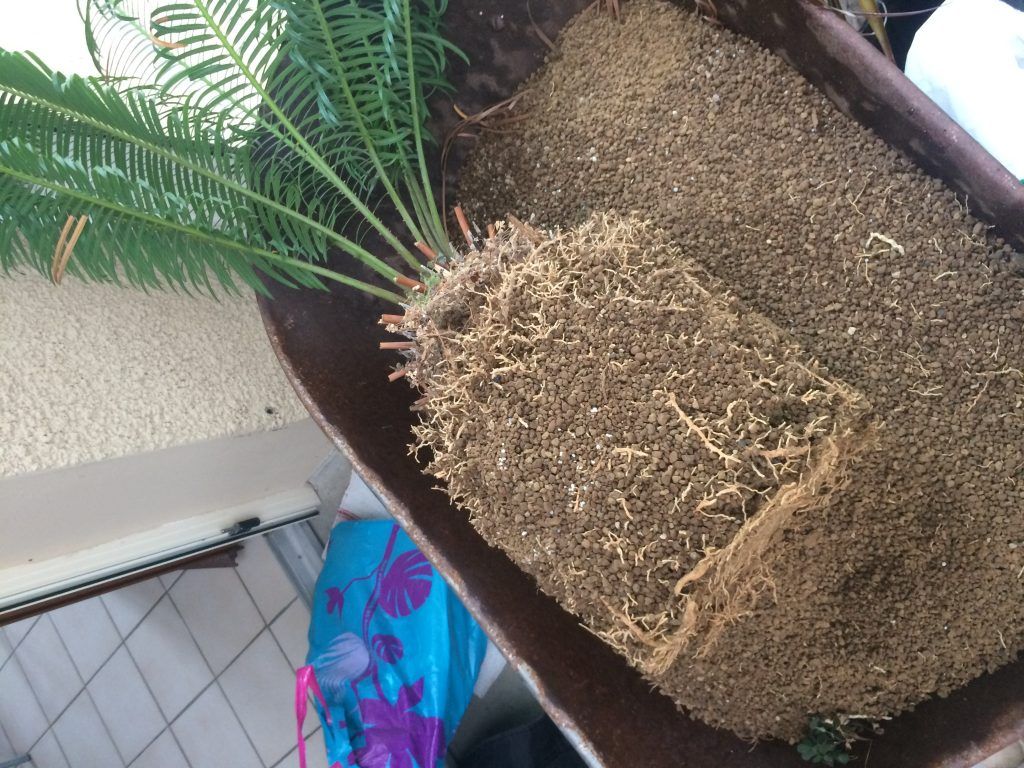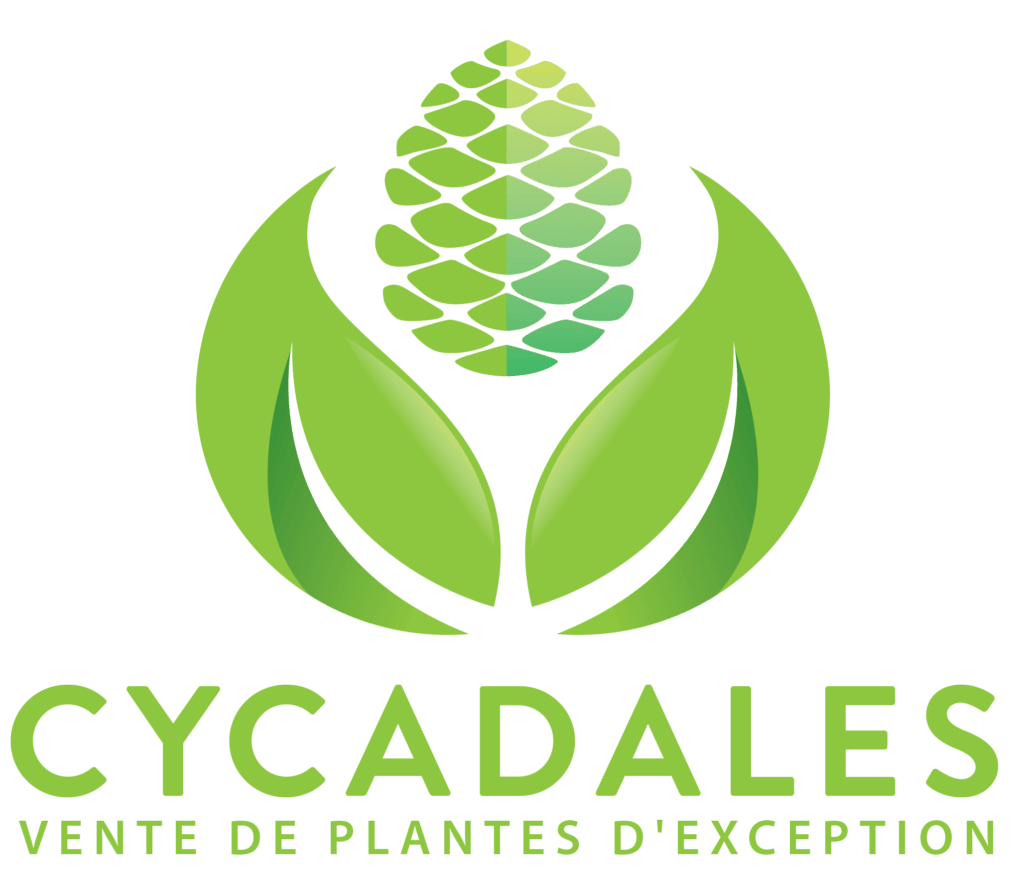Growing medium
Disclaimer : This article isn’t exhaustive and does not represent THE best cultivating method, it comes from my experience and what I learned from others. Everybody has its own method and results.
Understanding the cycads needs
Before speaking of chosing a growing medium, it’s necessary to understand the cycads requirements to answer them.
A frequently made mistake when cultivating exotic plants is to try to reproduce natural conditions as close as possible. It’s important to keep in mind that a plant doesn’t grow somewhere because conditions are ideal but because it’s competitive against other plants. Thus, some species such as Cycas tropophylla are found on vertical cliffs or others in places prone to frequent fires.
These conditions are from being optimal, vertical cliffs being very poor and frequent fire being an important stress factor. What makes cycads competitive is their resilience : their longevity and hability to sustain an extremely slow grown when conditions are under optimal. Cycads are competitive against other plants in these habitats but are far from being in their optimal growing conditions.
If cycads could « choose » , they’d probably be growing in rich soils void of constraints such as drought or steepness. Beside, one can observe that cycads grow much faster in cultivation and reproduce at a smaller size (for the maturity of cycads we usually speak in terms of size, not age, when the caudex is large enough so support seed production)
With suboptimal growing conditions, a plant can stay the same size for decades. One can see 25 years old Cycas revoluta specimens, grown in pots, with a caudex barely reaching 30cm while in good conditions, the stem would be over a meter. Conversely, species such as Cycas chamaoensis can be a very fast grower under tropical conditions, reaching 1-1,5 meters after 5 years only.
These plants tolerating many stress factors , they’re very adaptable (for most species) regarding their cultivation out of habitat. One an use a great variety of growing medium but must keep in mind that the most important parameter is drainage. It’s hard to get good results in poorly draining growing medium.
A well draining medium means that water flows very quickly though it. When watering, water must not stand and flow quickly through the drain holes of the pot.
Medium for pot cultivation
As we saw earlier, cycads are very adaptable regarding their growing medium as long as it’s draining.
Every grower has it’s own medium recipe, some using very organic ones, others very mineral (and even hydroponics).
Under a temperature climate, one of the main threat is root rot linked to low temperature, poor drainage and organic matter housing fungal pathogens. Thus it’s preferable to use a very mineral substrate (even if very good results can be obtained using organic media)
Another parameter to consider is the soil humidity. Cycads are often seen as xeric species like australian Cycas or south african Encephalartos. Again, habitat doesn’t equal ideal growing conditions. Cycads need water and the roots must never be allowed to dry. Watering can be trick if the medium is very organic (holding a lot of water and root asphyxy ) or very mineral (drying out quickly and death of roots being a point of entry for fungi)/
A growing medium can be good but it’s necessary to learn to understand the plant’s reaction in this particular substrate. Only the experience with a specific growing medium in specific climatic conditions allows good results.
The plants I offer on this website are all cultivated in the same basic growing medium that is made of pumice and coco peat, percentages varying according to species. This growing medium is poor in nutrients making the use of fertilizers mandatory. Anyway, it offers a good root development. One benefit of pumice is that it has a different color when dry vs humid which helps to manage watering. Pumice being porous, it allows sufficient levels of humidity while being very well draining.
As substitute to pumice one can use perlite, chabazite, pouzzolane, expanded clay, sand or gravel, or even a mix of these different compounds. Some growers use charcoal and bark that brings organic matter while keeping sufficient drainage.


It should be stressed that it’s better not to use a very calcareous soil (except for species that tolerate it well) and with a high pH regarding nutrients biodisponibility. A slightly acidic medium is preferred for an optimal development. Two common deficiencies are the lack of magnesium (yellow leaflet tip) and manganese (frizzle top, leaves become yellow then brown, like sun burns)
Repoting
Cycad roots are brittle and it’s essential to take it into account when repoting. Every damaged root is a possible point of entry for a pathogen. It’s better to wait until the plant is well established in its pot with a nice root ball before repoting. If the plant does not come out of the pot easily, one should not pull the caudex as it may provoke mechanical damages that aren’t always visible but with disastrous consequences. It’s sometimes better to sacrifice the pot by breaking/cutting it than risking root damage.
In temperate areas, cycads don’t like to be repoted very frequently as they need of bit of time to recover. It’s preferable to use a slightly oversized pot, even if the plant might seem tiny in it. Furthermore, the large substrate quantity helps do avoid roots drying out.
It’s common to use tall pots, especially for seedlings that produce a taproot that can go quite deep.
Regarding the repoting season, it’s better to do it during warm times (middle of spring to middle of summer) so that the plant has time to settle well in its pot before temperatures go down again.
Beware of the pot exposure as a pot in full sun may experience a very high rise in temperature and overheating may kill the roots.
At last, for optimal growing conditions, one must take into consideration the depth of plantation. Lots of growers want to raise the caudex of young plants above the ground in order to avoid rot. In dry climate it seems that this technique doesn’t always yield excellent results and lead to the caudex drying out. If the medium is well draining, the caudex can be burried 1-2cm under the surface without issue.
Special case : sprouted seeds
A frequent issue with sprouted seeds of some species, like tropical Zamia is rot. In my experience, sowing in a 100% minal media gives excellent results (as long as it stays humid) and the absence of organic matter seems to avoid fungal outbreaks.
It should be noted that for several months (sometimes even a year), the seedling will feed on the seed’s stored reserves. Thus, no need to worry about organic matter and fertilizing. Once the plantlet is well established, it can be repoted in a different medium.
Ground cultivation
Some species can be grown outside when the climate allows it. For better success and good settlement of the plants, some aspects common to pot cultivation must be considered.
In order to increase chances of recovery, the first aspect to consider is the plant’s health. It’s preferable to plant a cycad that has settled well in its pot, with a good root ball.
Native soils are rarely suitable for cycads planting. It’s necessary to work them and make sure there’s enough drainage. It’s often useful to make a mound of good medium to allow proper water flow.
One plantation technique that’s been proven to be succesful is the use of raised beds. After having worked the soil, a small wall of desired shape and height is made and the bed is filled with adequate substrate (mix of soil, gravel, sand etc…). The bed being raised allows good drainage and the use of rocks benefits the plant by storing heat during the day and releasing it at night.



